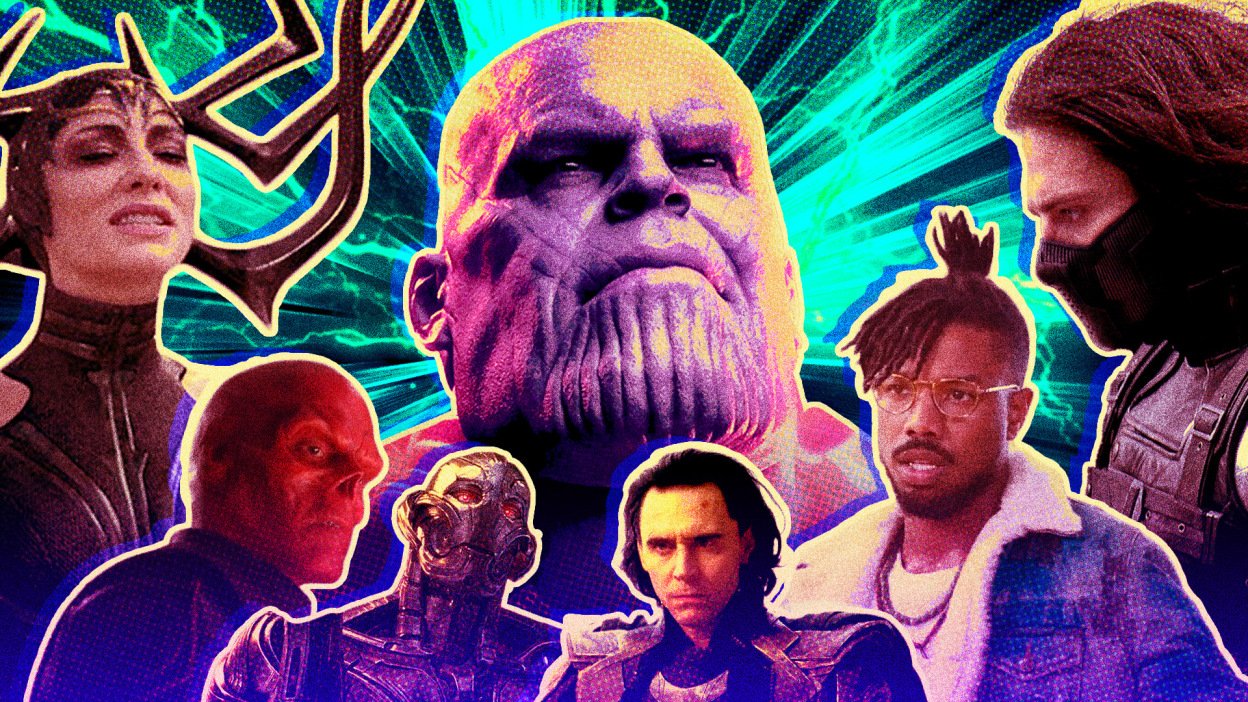Table of Contents Show
Villains used to have a formula: they were evil because the things they did were wrong. They were billionaires who stole from the working class and murdered people with abandon. Superheroes and teenagers from Scooby-Doo alike vanquished these villains with ease, but this won’t do today.
Ever since the story of Robin Hood, who embodies the saying “the ends justify the means,” the waters of what a villain is have been muddied. Nowadays, people have been agreeing with villains rather than seeing them as purely evil. The reason for this is that villains are now fighting for good causes with unorthodox means, causing them to be morally gray, allowing viewers to see their side, and creating a richer storyline.
Villains Of The Past
Many antagonists throughout cinema history have more or less been two-dimensional. They do objectively bad and hurtful things, such as manipulating people, stealing from them, and murdering them. A big example is the Scooby-Doo franchise, whose formulaic plotline over 50 years has included a vast array of simple villains, from a man who steals from his own bank for insurance money to one who hypnotizes people to get what he wants. The gang of high schoolers solves the mystery, which almost always contains a plot twist, and the villain is apprehended and thrown in prison. End of story. It’s satisfying, clean, and gives people the peace of mind that evil was dealt with.
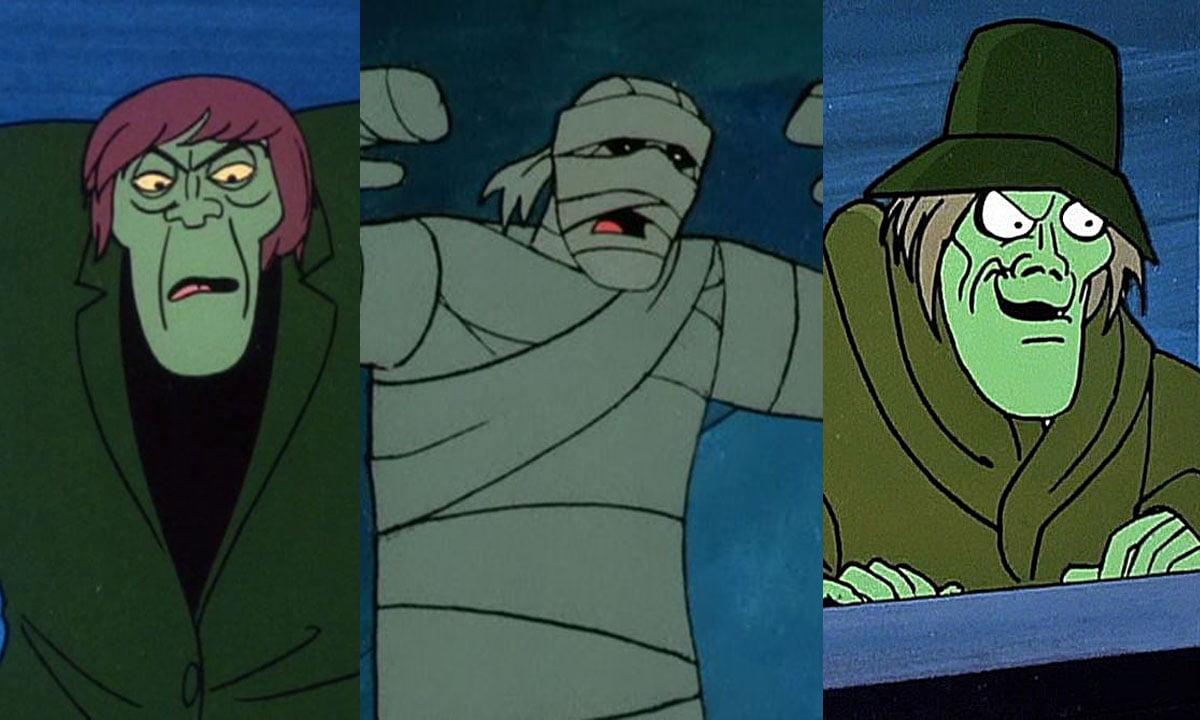
Superhero comics are an even more famous example of these two-dimensional antagonists. Lex Luthor is an egotistical mad scientist and CEO who says he wants to “protect humanity” but is just jealous of Superman’s powers. General Zod is a power-hungry Kryptonian who wants nothing but chaos. The list goes on and on. Superman defeats all of them and reigns supreme. But after hundreds of comic book issues with the same plotline, readers may become bored of it.
Marvel had a two-dimensional antagonist in their first team-up film, Avengers (2012). Loki, the god of mischief, wants nothing more than to cause chaos. The Avengers have to then fight aliens and take down Loki, who is an objectively evil person doing evil things. When they take him and the aliens down, the world is saved. Although Loki is redeemed and portrayed as a morally grey character later on in the MCU, Avengers (2012) has a clean-cut ending. What all these examples have in common is that their villains were cut from the same cloth. They were simply evil, and it was satisfying for audiences to see them vanquished.
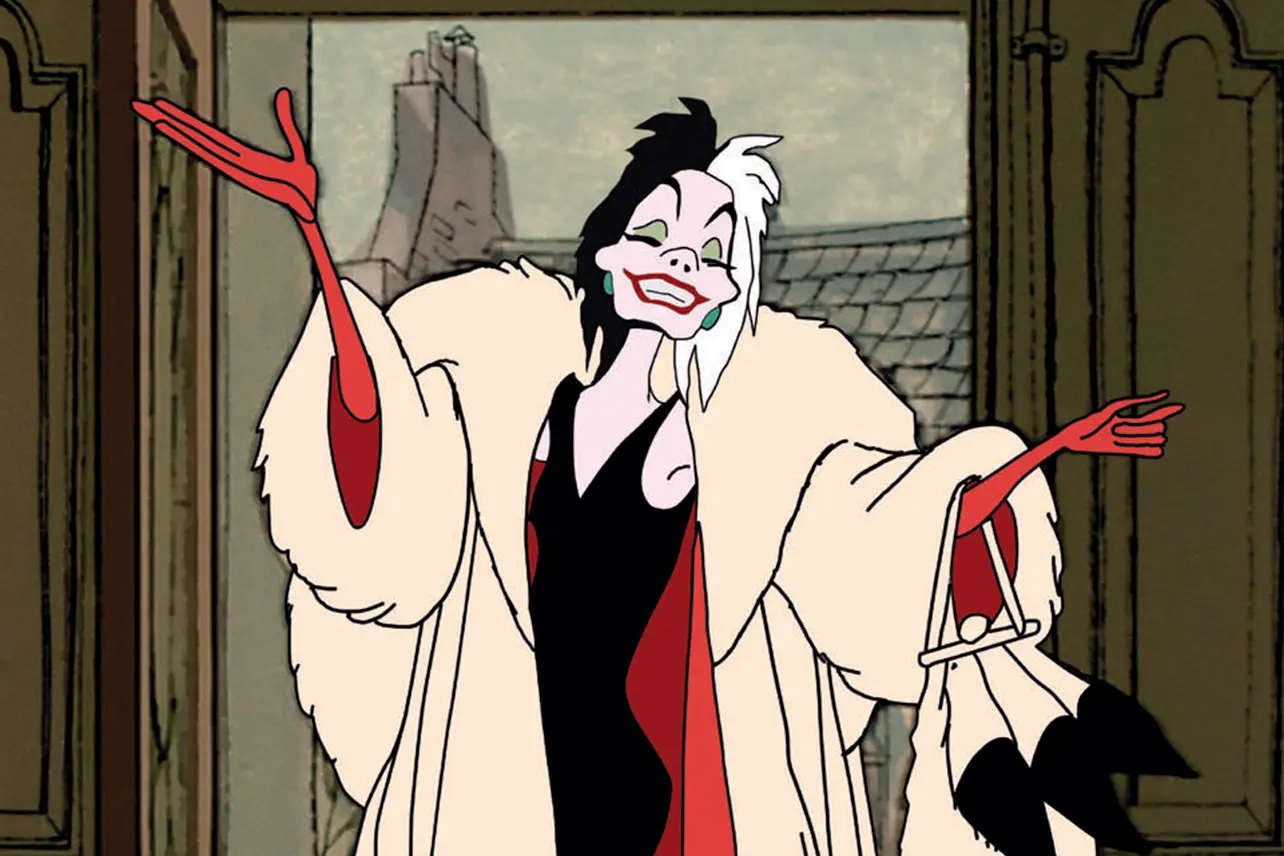
Disney is also guilty of taking dimension away from antagonists. Most of their antagonists pre-2010 were cookie-cutter villains. In Cinderella (1950), Cinderella’s stepmother is mean to her because she is more beautiful than her own daughters. In Snow White (1937), Snow White’s stepmother is jealous of her beauty and wants her heart cut out. More recently, The Princess and the Frog (2009) showcases a greedy man who manipulates voodoo for his own self-interest, and in Hercules (1997), the villain is quite literally the god of the underworld.
All of these characters are motivated by greed, chaos, and/or jealousy and commit heinous acts to achieve what they want. Disney movies were and still are the blueprint for many other movies. Because they had a hand in popularizing these simple antagonists, many other movie studios, producers, and writers followed. However, now that there is a new interest in redeemable, agreeable villains, Disney is quickly following suit. From Cruella (2021) to Maleficent (2014), Disney is pumping out villain origin stories in an attempt to make their 2D villains more relatable and developed, contributing to this new trend in rewriting villains that were previously morally black into morally gray characters.
Villainy… Under A New Name
Of course, it would not be fair to say that villains are only now getting their time as three-dimensional characters. It would not be fair to say that villains are only now becoming three-dimensional characters. One could say that Victor Frankenstein from Frankenstein (1818) is a morally gray villain because he wants to find the secrets of life and make it better, only to become afraid of and abandon his creation in the middle of the process.
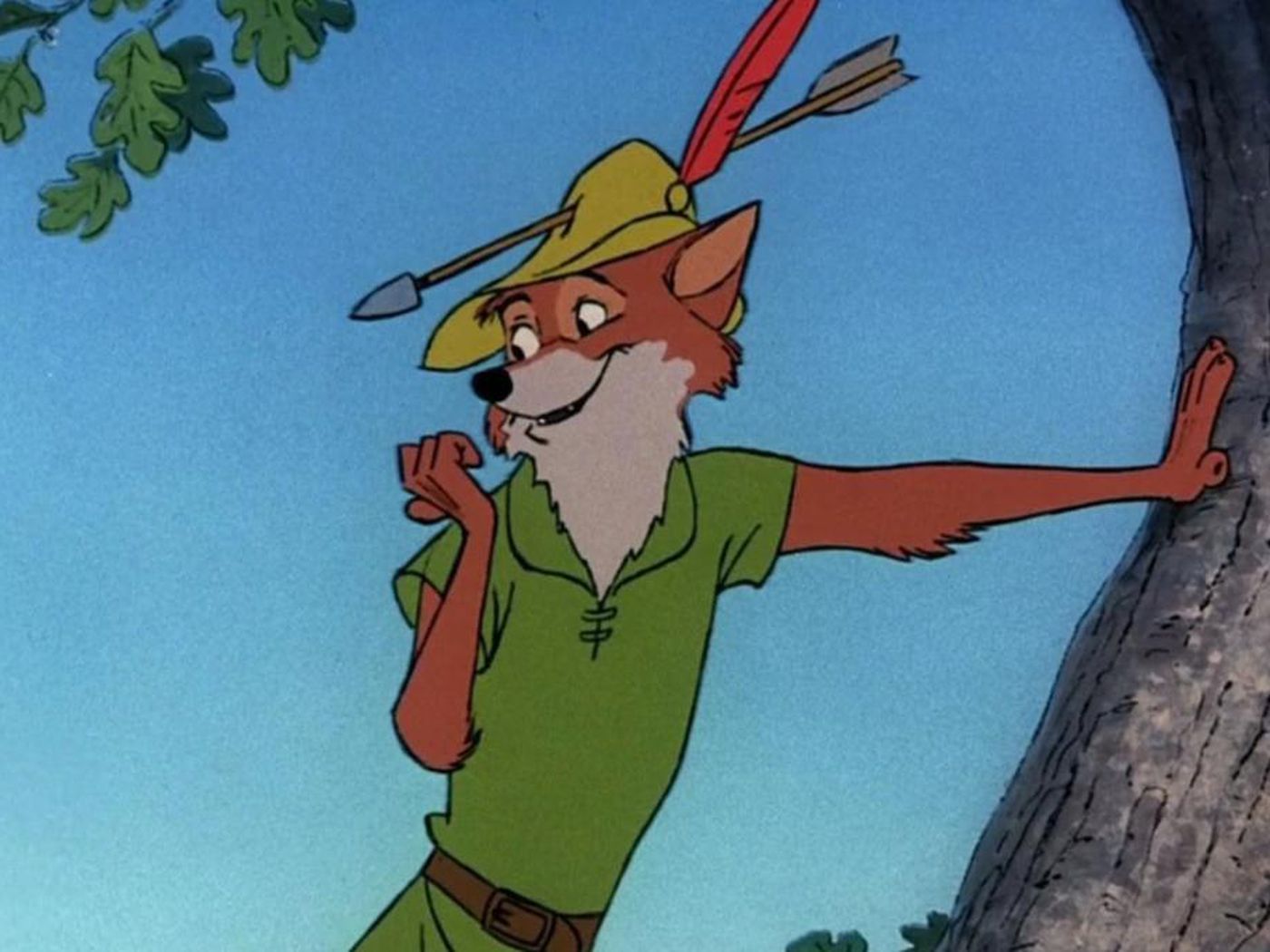
History is populated by morally gray characters, but many would say the most memorable ones are those that target societal rules and corrupt institutions directly. One such example is Robin Hood, who is a thief like many villains, but most consider him a hero because he has a good reason to commit this immoral act. Robin Hood stole from the rich, who were evilly hoarding all the wealth for themselves and leaving the poor to starve, and gave that wealth to the poor so they could survive. This is significant because Robin Hood identified a problem with the system and fixed it instead of enforcing the status quo as most heroes do.
The main reason Robin Hood is seen as a hero is because of how he is framed. He’s a lovable character who doesn’t do extremely evil things like murder and manipulation, but he upsets the status quo just enough to give him an edge. The bourgeoisie sees him as a villain, but regular people would love a Robin Hood in today’s world. A villain today could do the exact same thing as Robin Hood, and many do, but many movies make their villains commit dastardly deeds to make them unredeemable enough to not upset the status quo enforced by their heroes. These supposedly “evil” characters have become some of the most revered of all time.
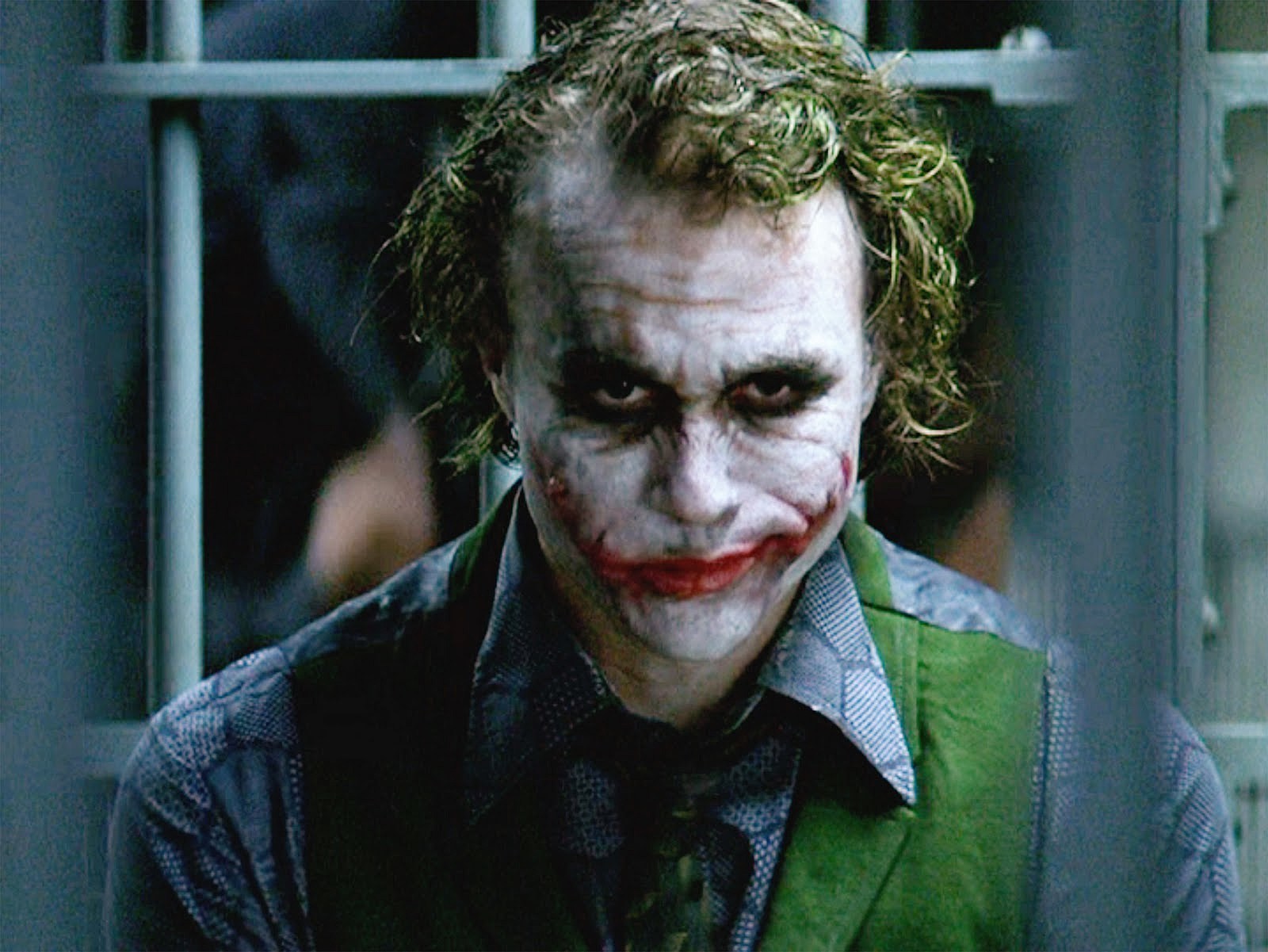
The Joker stands as one of the most beloved villains of all time, to the point that there have been more than 10 iterations of him in film. Heath Ledger’s and Joaquin’s Phoenix’s Jokers are some of the most famous portrayals, making their newer versions of the character understandable. While most villains were portrayed in a negative light despite the good reasoning for their actions, they were framed so badly that there was no way for the audience to connect with them. However, due to Heath Ledger’s acting skills, the Joker rose above his bad framing and connected with audiences through his relatable nihilism (( “From Voldemort to Vader, Science Says We Prefer Fictional Villains Who Remind Us of Ourselves.” Association for Psychological Science. Apr 22, 2020. )).
A surface-level analysis of the Joker may only reveal that he wants chaos. But when one listens to Ledger’s Joker’s dialogue throughout The Dark Knight Rises (2012), his seemingly pointless anarchism starts to take an understandable form. His reasoning that anarchism is the root of all human behavior and that every kingdom has at some point fallen due to one person taking power may start to ring true as viewers think of the dictatorships springing up around them. The Joker is a reflection of our own broken society and wants to expose the shaky foundation our institutions are based on, such as the police and government. However, his actions still mark him as a villain.
The Joker’s newest portrayal by Phoenix is much more sympathetic, likely because the movie focuses on the “one bad day” reasoning introduced by Alan Moore in The Killing Joke (1986). This refers to the Joker’s speech in the comic book, where he says that it only takes one bad day to reduce anybody to a villain. The movie aims to show that anybody could become like The Joker if they are abused long enough. Arthur Fleck is certainly a villain. He kills Murray Franklin and inspires a violent counter-cultural revolution, but this is not senseless violence. In fact, the first half of the movie shows how Fleck got to where he did and allows the audience to relate to him. Fleck is no more of a villain than anyone would be if subjected to the same situations.
Can Villains Be Likeable?
One of the biggest reasons why people can follow along with villains’ reasoning is that they’re likable. This makes it easier to warm up to them and their arguments despite their murderous or manipulative tendencies. Villains are charismatic, oftentimes because they were queer-coded in an attempt to villainize the LGBT community. This backfired and caused people to like these villains even more. Their costumes, songs, and personalities were more eye-catching and intriguing than those of the heroes.
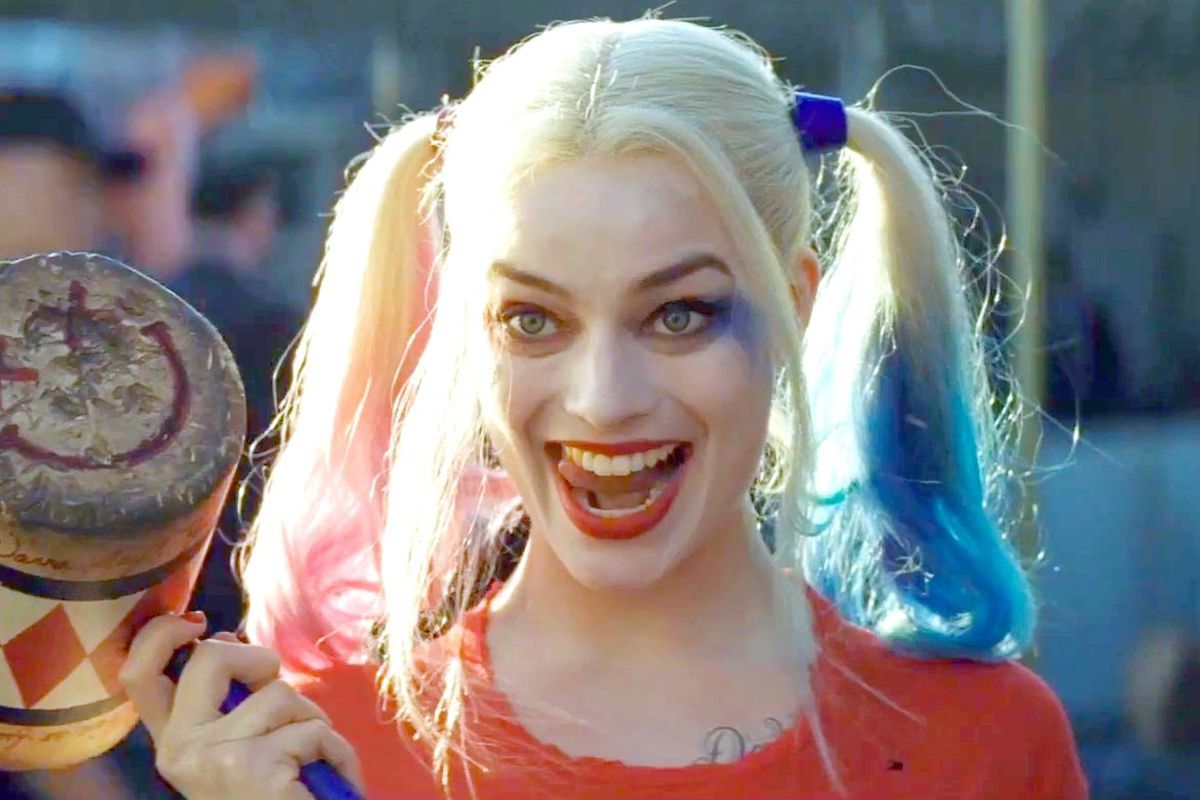
One of these villains is Harley Quinn, who is often portrayed as a crazy woman who follows the Joker around like a lost puppy and does his bidding. Suicide Squad (2016) mostly portrays her as this while allowing her bits and pieces of independence throughout the movie, but Birds of Prey (2021) is where Quinn really shines. She is fun, quirky, and sweet to women rather than being a pick-me despite her murderous personality. She has amazing fashion taste, a great (and morbid) sense of humor, and a loud personality that leaves viewers remembering her more than any of the heroes. Suicide Squad was a highly successful movie because it portrayed previously stereotypical villains in a sympathetic light.
Almost every Disney villain falls into these qualifiers for a fun villain. They have some of the best songs, like Claude Frollo’s “Hellfire” from The Hunchback of Notre Dame (1996) and Doctor Falicier’s “Friends on the Other Side” from The Princess and the Frog (2009). They also have some of the best costumes, causing fans to flock in droves to dress like them rather than the protagonists of the movie. If a villain is flamboyant and fun to watch, they are much more likely to catch the audience’s eye, and attention, allowing them to listen more intently to the villain’s arguments and logic.
Fighting For What Is “Right”
One of the biggest examples of a villain fighting for what’s right is Thanos from the Marvel Cinematic Universe. Thanos’ argument that killing off half the population would benefit everybody because overpopulation is killing planets, gained so much popularity and traction that people around the world used the hashtag #thanosdidnothingwrong (( Romano, Aja. “Redditors love Infinity War’s Thanos so much, 300,000 of them just faked their own internet deaths.” Vox. Jul 10, 2018. )). in posts agreeing with his argument. It was understandable and resonated with so many people who could see the logic in his argument, and while most agree that his methods are flawed, often stating that the problem isn’t overpopulation but overconsumption, they commend him for doing something to try and fix the problem instead of sticking to the status quo.
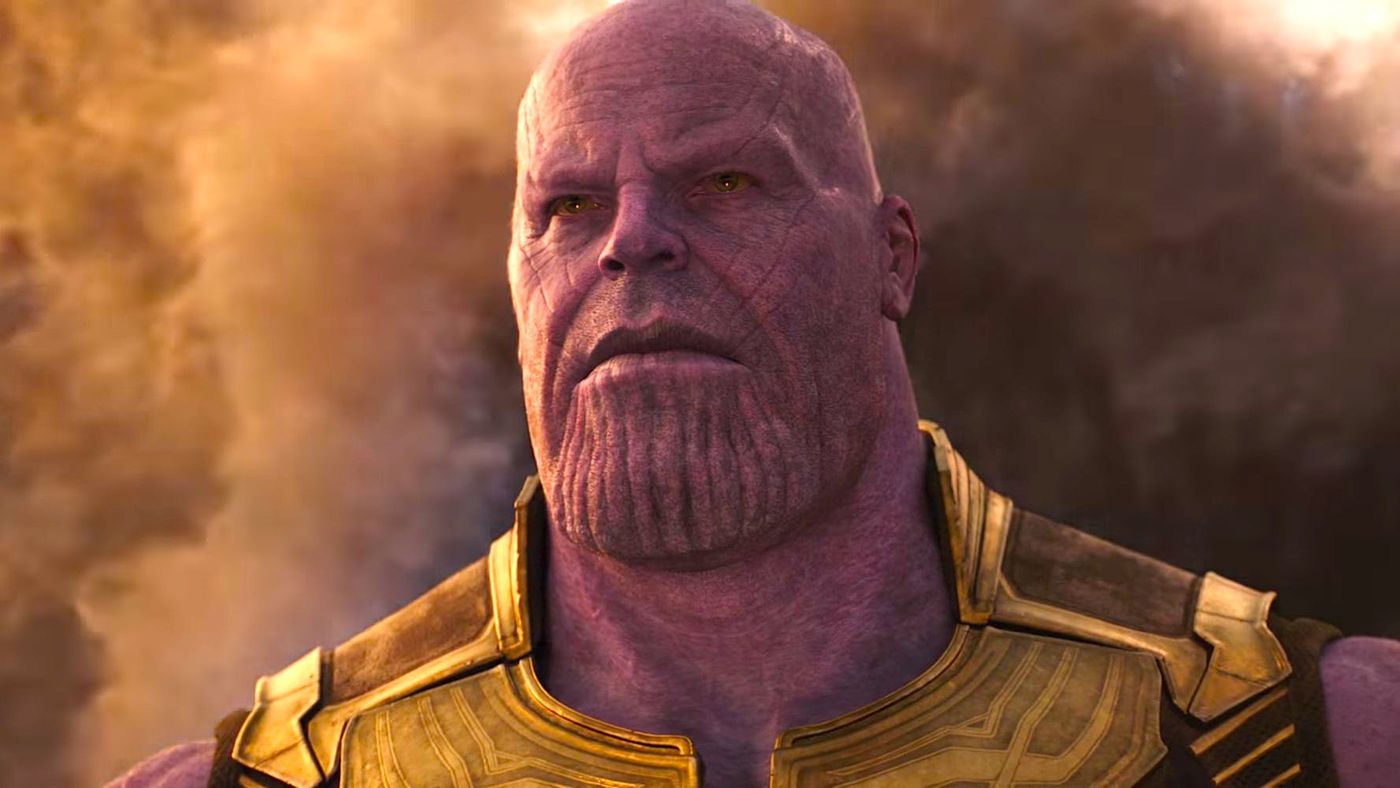
This is what villains nowadays have in common. They are actually taking steps to close inequalities and solve problems in today’s corrupt society instead of standing by and protecting the status quo from revolutionaries as their heroes do. Heroes will destroy whole cities to prevent somebody like Killmonger from Black Panther (2018), who, while having selfish interests, wants to help the Black population instead of hoarding resources, and will do nothing to fix the problems the villain sought out to solve in a less destructive way.
These heroes do nothing but continue to let corruption and inequality continue, so their villains decide to take things into their own hands, oftentimes being driven to the point of madness in the process. This is why audiences connect more with these villains than with their heroes. If the villain is making a valid point about the destruction of society and is taking steps to fix it while the hero swoops in and stops them, claiming they fixed everything while simply maintaining the status quo, it leaves a bad taste in some of the audience’s mouths.
The Framing Of Villains
One of the main reasons why villains are seen as such is framing. Now that cinema has moved from mainly two-dimensional antagonists to antagonists with understandable if not justifiable motivations and tragic backstories, they are breaking the mold and having their villains be morally gray characters instead of one hundred percent evil. However, these characters are fighting against exactly what their creators represent: corruption, greed, hoarding of resources, and overconsumption.
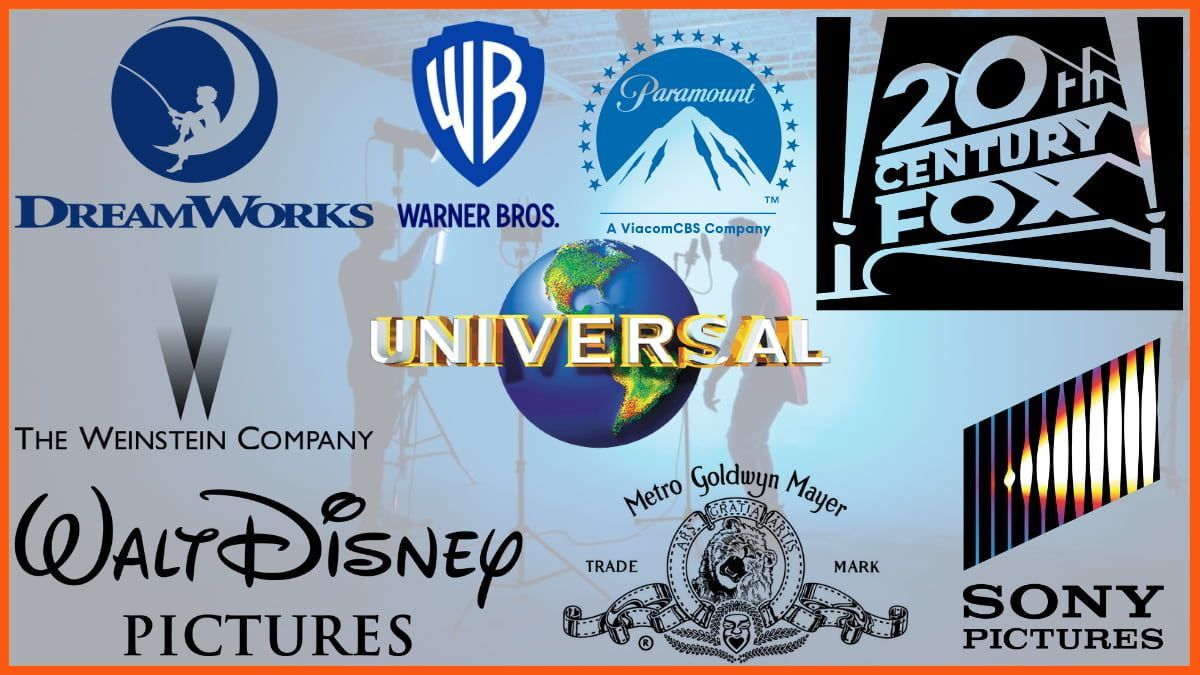
It may be too idealistic to believe that movie studios, which make billions of dollars annually with board members that make more money than the bottom 90% of Americans will see in their entire lives, would introduce characters that have convincing arguments that undermine everything these studios and board members represent. This is why most villains with such arguments are portrayed as “crazy” or overly violent and chaotic. Black Panther (2018)’s Killmonger has a completely sound and justifiable argument. He criticizes the fictional nation of Wakanda—located in Africa—for hoarding resources and living in their little utopia instead of opening up to millions of Black people in need in Africa and around the world because they want to preserve their slice of heaven.
However, there wouldn’t be a movie if hero T’Challa agreed with him. Marvel Studios had to inject a healthy dose of jealousy and violence into Killmonger’s character to dash his argument’s credibility. When T’Challa defeats him, he carries on his legacy but simply sets up outreach centers. There isn’t much of a follow-up as to what specifically he does to help people and close the global inequality gap. This may be because this movie’s plot is part of the overall storyline of the MCU and therefore is bloated as is. Despite this, Killmonger is a prime example of a villain having one of the best arguments there is, only for it to be dashed because movie studios inserted senseless violence into his character.
So — What Is “Right?”
Movie studios are stuck at a crossroads. On one hand, they need to bend to the demand for more compelling and morally gray villains. On the other hand, they themselves embody what most of these villains are fighting against and don’t want their audiences to think critically enough to take action against them for hoarding money and contributing to climate change. While movie studios themselves aren’t the biggest offenders, their connections are. Their actors, shareholders, stock traders, and venture capitalists are all exactly what the villains they put onscreen are against.
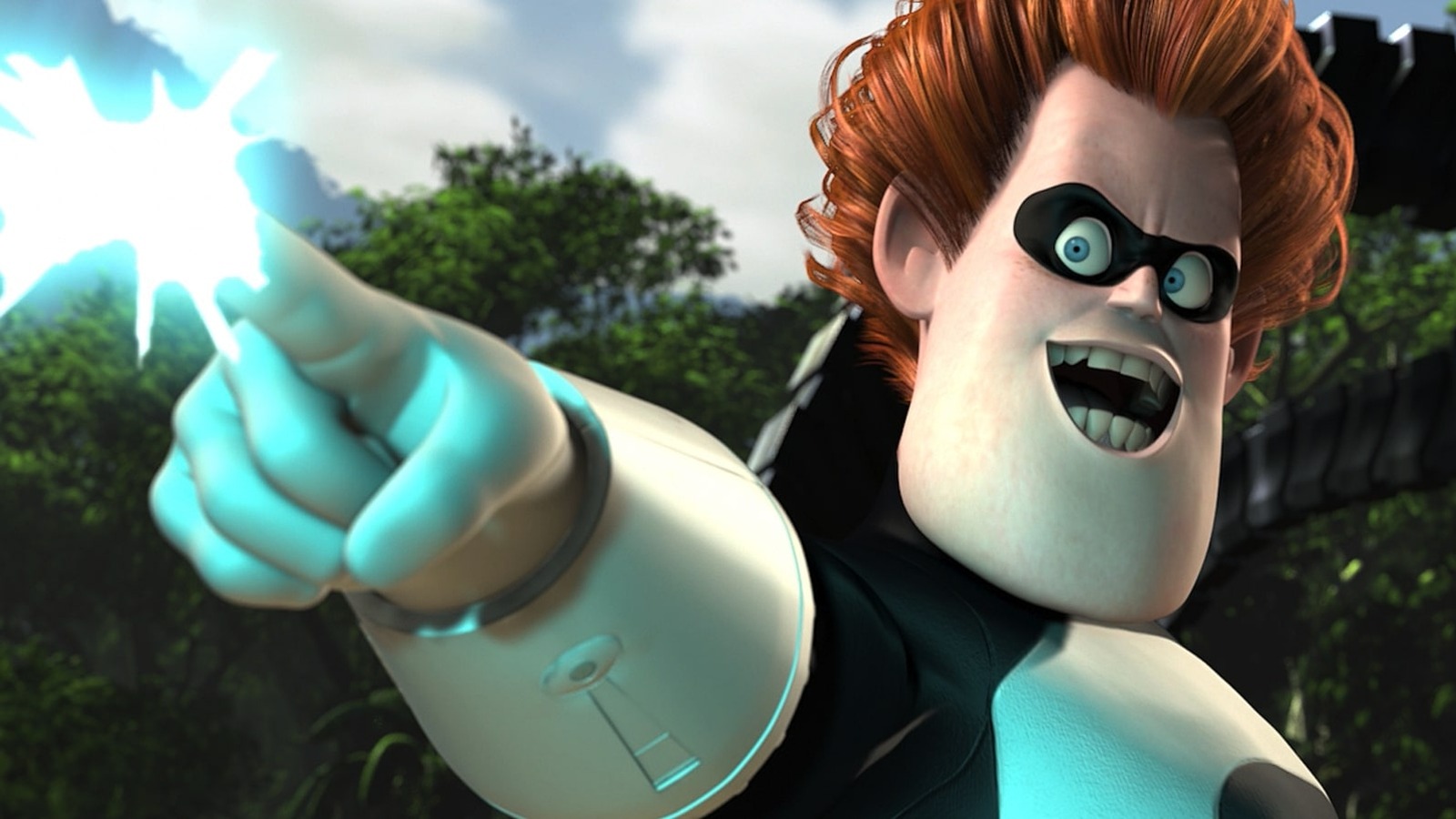
What these villains are doing is redefining what is “right.” What is considered morally good in a world where companies can get away with polluting oceans and deforesting millions of acres of land for their own selfish interests? What is considered “right” in a world where peaceful protesting gets nothing but pepper spray and jail time? We have always been taught that “an eye for an eye will make the world go blind,” but what happens when the world is already blind to good and evil? As society gets more and more complicated, defining what a villain and hero truly are is also getting more complex.
